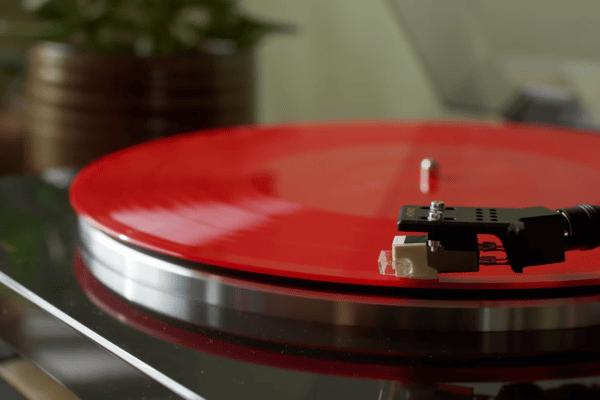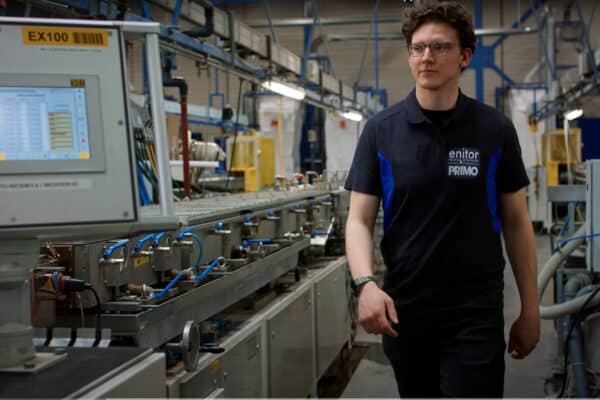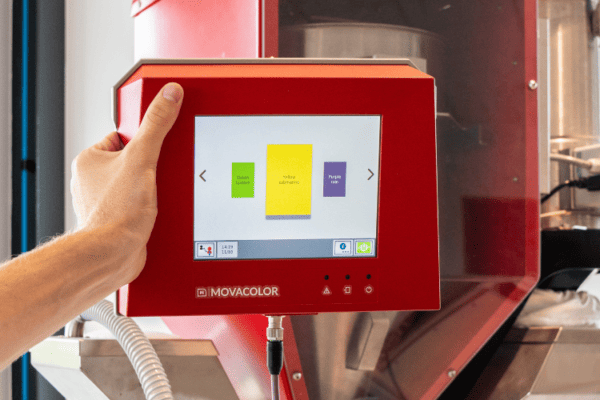A Concern for Accuracy
During the field-testing phase, our test customers raised a question regarding the dosing accuracy of the Off-line setup compared to the on-line configuration. This question stemmed from the fact that dosing further away from the material inlet could potentially result in reduced control over the material flow.
To elaborate, manufacturers typically prefer positioning their dosing unit as close to the material inlet (on-line) as possible, to minimize the risk of any interference during the dosing process. In the off-line setup, the dosing unit is placed on a cart alongside the production machine. The material is dosed into a collection funnel and then transported via a hose to a receiving neckpiece. This neckpiece is mounted in the same location as the regular neckpiece, directly above the material inlet.
Given this setup, the concern expressed by our test customers was understandable, as there is limited control over the material while it is being transported through the hose.
However, our engineers have thoughtfully considered this concern during the development of the receiving neckpiece. The material flows rapidly through the hose, and the receiving neckpiece efficiently channels the material just like a regular neckpiece would. As a result, the test results have shown that the dosing accuracy achieved with the off-line setup is comparable to, and in some cases even superior to the on-line configuration.
High Vibrating Injection Molding Machines
In injection molding, it is normal that the machine vibrates significantly when running. While our MDS 6 Balance excels at precise dosing under the majority of vibration scenarios, businesses utilizing machinery with high vibrations have long encountered challenges in achieving accuracy in dosing results.
Let’s consider an example of an injection molding machine with the capacity to produce up to 200 items per cycle. In such machines, a crucial step involves the retraction of the sprue from the nozzle within the mold, preventing premature solidification of the material. This movement results in significant vibrations that have the potential to interfere with the dosing tool’s ability to achieve the utmost precision in dosing.
By separating the dosing unit from the production machine, we have effectively eliminated the detrimental effects of vibrations on the dosing process. As a result, you can now experience higher levels of dosing accuracy, consistency, and overall product quality, even in the presence of high vibrations.
Conclusion
In conclusion, our Off-Line Dosing add-on brings about a revolutionary change for plastic manufacturers utilizing big extruders, big injection molding machines, and two-component vertical injection molding machines. We have carefully considered and addressed the concerns voiced by our customers, resulting in a solution that prioritizes safety, accessibility, and convenience within your factory.
Would you like to know more about the features and benefits of our Off-Line dosing add-on? Take advantage of a free consultation with one of our application specialists by filling out our contact form below.






